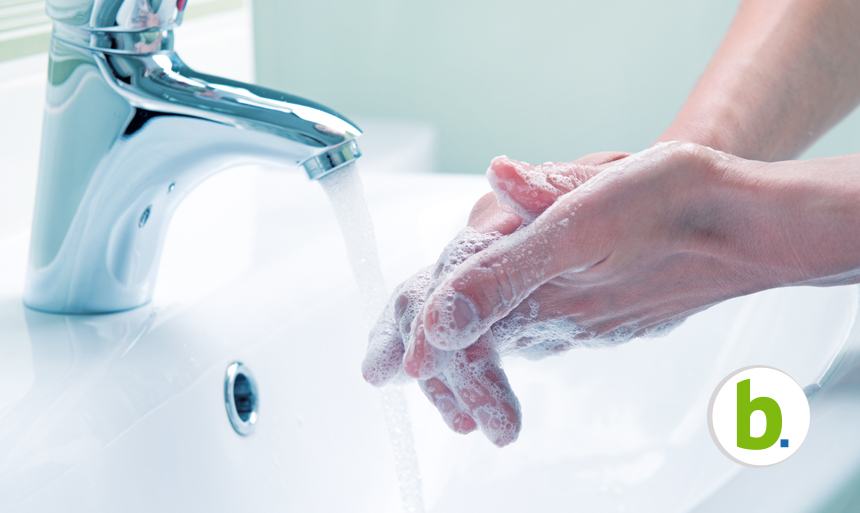South Africa is experiencing the world’s worst outbreak of listeriosis. In March, the National Department of Health announced that their investigation into the source of the outbreak had led them to a processed-meat production facility in Polokwane. This is what you need to know about listeriosis, and how you can keep yourself and your family safe.
What is listeriosis?
Listeriosis is an infection caused by a germ called Listeria monocytogenes. The World Health Organisation describes it as a “foodborne infection in humans [that] occurs through the consumption of contaminated foods, particularly unpasteurized milk, soft cheeses, vegetables and prepared meat products such as pâté.” Listeria is unlike many other germs as it can grow even in the cold temperature of the refrigerator.
Who can get it?
Anyone can get listeriosis, however those at high risk are newborns, the elderly, immunocompromised individuals, pregnant women and their unborn babies, and those with underlying conditions such as HIV, diabetes, cancer, chronic liver or kidney disease, according to information from the Western Cape Government.
How do you get it?
Listeriosis is not contagious, except for pregnant women who can transfer the bacteria to their foetus. It is caused by eating foods contaminated with the bacterium.
What symptoms do you get?
The symptoms of listeriosis may include fever, stiff neck, muscle pain, confusion, restlessness, sometimes diarrhoea or nausea, and infection of the bloodstream and brain.
How is it treated?
In healthy people, it can cause a mild flu-like illness but this spontaneously clears in about a week. However, in high risk people it can cause severe disease that requires hospitalisation and immediate IV antibiotic treatment.
How do you protect yourself?
The National Institute for Communicable Diseases (NICD) has told South Africans not to panic. They suggest everyone follow the World Health Organisation’s five keys to safer food. The steps include: 1. Keep clean: Just because something looks clean doesn’t mean it is. Wash hands before handling food and during food preparation. Sanitise all surface used for food preparation. 2. Separate raw and cooked: Keeping food separate prevents the transfer of microorganisms. Store food in different containers and use separate equipment and utensils. 3. Cook thoroughly: Proper cooking can kill almost all dangerous microorganisms. Cook meat and poultry until juices are clear, reheat and cook food thoroughly. 4. Keep food at safe temperatures: Refrigerate cooked food promptly, keep cooked food piping hot prior to serving and do not thaw frozen food at room temperature. 5. Use safe water and raw materials: Use safe water or treat it first, wash fruit and vegetables especially if being eaten raw and do not use food that has passed its expiry date. Major South African retailers have removed ready-to-eat meat products from their shelves and they are encouraging their customers to return any processed meats they suspect might be contaminated. If you are in any doubt about the safety of food, don’t eat it.
At bsmart we care about all our members and their families and we want you to live smart. Please take extra precaution when it comes to making food choices and practise good food hygiene. You can contact us if you have any questions.
Disclaimer: bsmart does not provide financial advice. The above article is for information purposes only to share current economic and financial topics and trends. Please consult a suitable and qualified financial services provider if you require financial advice.

